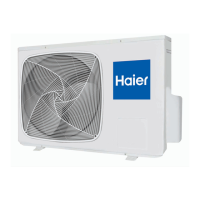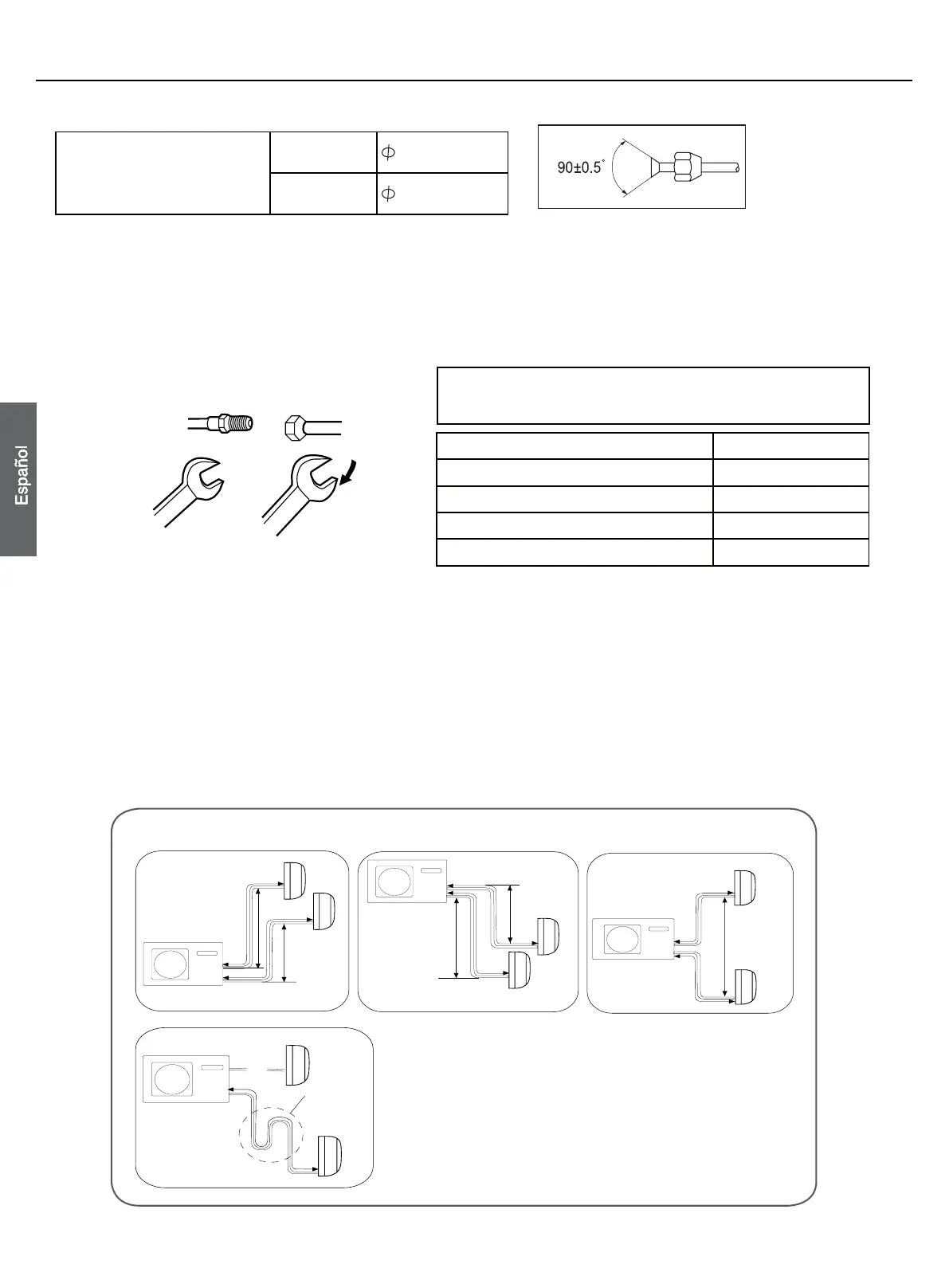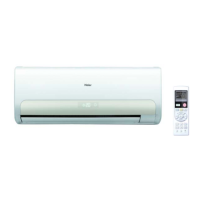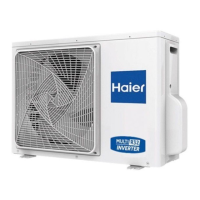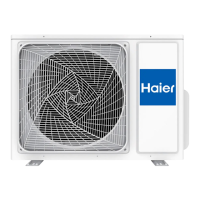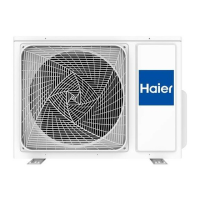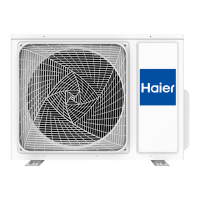Ɣ Inserte las tuercas cónicas retiradas en los tubos que se
van a conectar y, a continuación, abocarde los tubos.
Si se fuerza la ¿MDFLyQ sin aplicar centrado podrían
dañarse los tubos y provocarse una fuga de gas.
Media unión Tuerca cónica
Llave Llave dinamométrica
Diámetro del tubo (ø) Par de apriete
Lado de líquido 6,35 mm (1/4") 18N.m
Lado de líquido/gas 9,52mm (3/8") 42 N.m
Lado de gas 12,7mm (1/2") 55 N.m
Lado de gas 15,88 mm (5/8") 60 N.m
Procedimiento instalación
Conexión de los tubos
1. Tamaño de los tubos
2U14CS2ERA
2U18FS2ERA
Tubo de líquido
6,35x0,8 mm
Tubo de gas
9,52x0,8 mm
2
. Conexión de los tubos
Ɣ Para doblar un tubo, intente hacer la curva lo más suave posible para no aplastar el tubo. El radio de
doblado
debe ser de entre 30 y 40 mm o superior.
Ɣ Será más sencillo conectar en primer lugar el tubo de gas.
Ɣ El tubo de conexión es especial para el tipo R410A.
Procure que no penetren materiales, como residuos de arena, agua, etc., en el tubo.
PRECAUCIÓN:
Procure que no penetren materiales, como residuos o arena, en el tubo. La longitud estándar del tubo es
de 5m. Si la longitud total del tubo es superior a 20m, se verá afectado el funcionamiento de la unidad, y
deberá cargarse el refrigerante a razón de 20 g/m. No obstante, la carga de refrigerante deberá ser
realizada por un ingeniero profesional en aire acondicionado. Antes de añadir refrigerante adicional,
realice una purga de aire desde los tubos refrigerantes y la unidad interior utilizando una bomba de vacío
y cargue después el refrigerante adicional.
B
A1
B1
A2
B2
B1
B2
A3
A1
B1
A2
B2
Unidad interior
Unidad exterior
Unidad interior
Filtro de
aceite
Ɣ Elevación máx. A1 máx =15 m A2 máx =15 m
A3 máx =15 m
Ɣ En caso de que la elevación A sea superior a 5 m, el ¿OWUR
de aceite debe instalarse cada 5 ~7 m.
Ɣ Longitud máx.: B1 máx. de 20m B2 máx. de 20m
(B1+B2) máx de 30m
Ɣ En caso de que la longitud total del tubo (B1+B2) sea
superior a 20 m, deberá cargarse el refrigerante a razón
de 20 g/m.
Unidad
interior
Unidad exterior
PRECAUCIÓN
Unidad interior
Unidad exterior
Unidad
interior
Unidad exterior
Unidad interior
Unidad
interior
24
